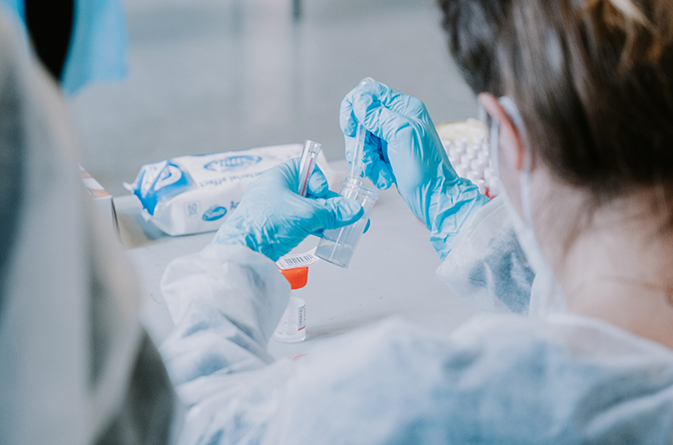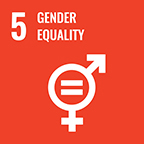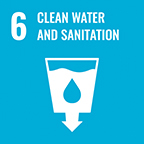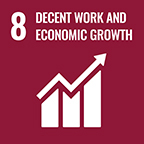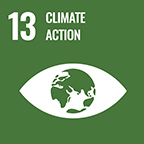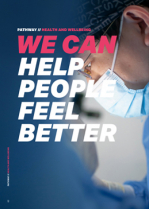BUSINESSES EVOLVE PRODUCTS AND SERVICES
TO PROMOTE HEALTHY LIFESTYLES
- Governments, businesses, and civil society groups collaborate to promote and enable healthier lifestyles for people from all socio-economic groups, helping to prevent and reduce the impact of non-communicable diseases.
- Businesses re-balance and innovate product portfolios to support healthy diets and lifestyles.
- Reliable health information, personal health management software, healthy and nutritious foods, and better fitness and sports infrastructure enable people to change their lifestyles.
- All products are made safe and free from harmful ingredients or materials. Regulations and voluntary measures lead to the eradication of unhealthy or addictive products and services.
- Responsible marketing promotes healthy choices, behaviors, and lifestyles. Business refrains from marketing unhealthy products, particularly to children and adolescents.


